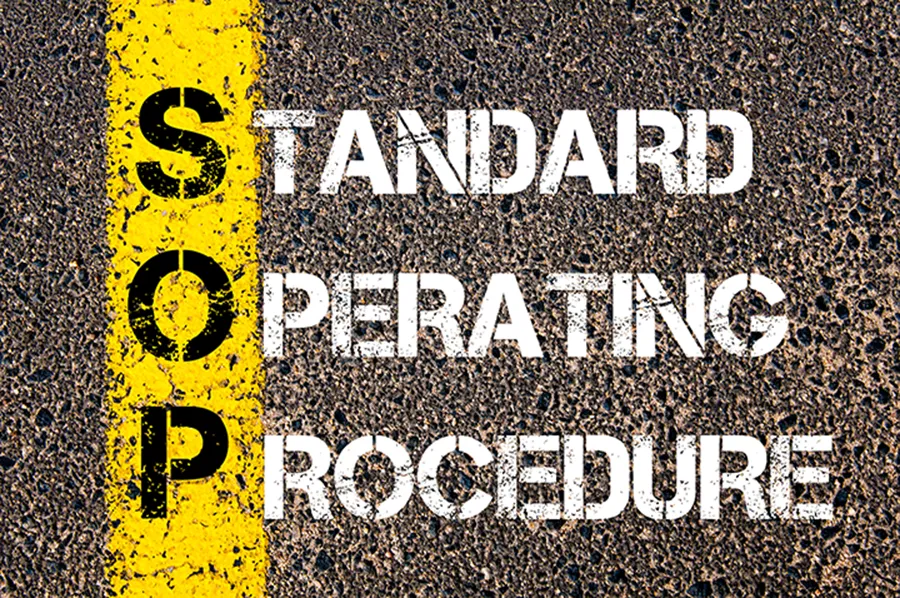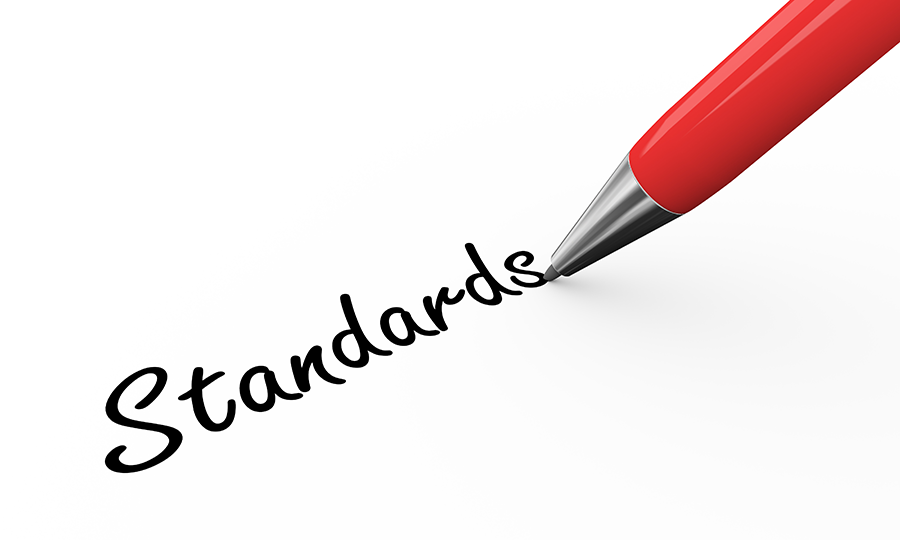
Opening Hours
Mon - Friday: 8AM - 5PM
Read More On Our Blog

SOPs for Businesses: The Right Way to Write Them
Do you want to have more control over the consistency and quality of your product or service? Are you looking for a way to help your employees to avoid costly mistakes?
You must provide your team clear-cut instructions on the tasks they perform. You can do this by writing standard operating procedures, which are more commonly known as SOPs.
A standard operating procedure is a set of detailed, step-by-step instructions describing how to perform a specific task in order to achieve a desired outcome.
Apart from ensuring that tasks are done correctly, SOPs also save managers a lot of time and effort because they facilitate task handovers and the training of new hires. They also help employees troubleshoot problems on their own by giving them a reference that lets them know what should have been done and what to do should certain situations arise.
To be effective, an SOP must be clear. There should be no room for ambiguity, confusion, and misinterpretation. Also, the document should be tailored to the level of knowledge and experience of the person handling the task.
Before you write an SOP, make sure you ask the following questions:
What is your goal or purpose for the SOP?
When writing an SOP, it’s important to begin with the end in mind. This will help you determine important aspects of the task. You’ll know which points to emphasize and how to structure these points in the document. Here are some examples of goals you may have for your SOP:
To ensure your team meets the quality standards you’ve set
To optimize the efforts of your team and increase the likelihood of producing the desired results
To keep all people involved in the process on track
Who is the best person to write the SOP?
Ideally, the team member who has the most expertise and experience with the task should write the SOP. It has to be someone who has done the actual work and has achieved the results your team is aiming for.
However, not everyone can write well. If it’s not possible to delegate writing, you can write the SOP yourself with some guidance from the expert in your team.
Who is going to read the SOP?
Needless to say, the SOP is for everyone who is involved in the process. However, it’s important to know your target readers well enough so you can gauge their level of knowledge and skill. This will let you know how much you need to explain and what details you need to include. Your language should also match their level of understanding and knowledge.
Writing the SOP
Writing SOPs doesn’t have to be complicated. Unless you’re in a corporate setting, it doesn’t necessarily have to be a formal document with a title page and table of contents (unless the SOP is quite lengthy). However, SOPs must always be clearly written and easily understood.
You can follow this three-step process to write a simple but effective SOP:
Step 1: Choose a structure.
The structure of an SOP will depend on the complexity of the task. You can choose from these three formats:
Step-by-step format - This format is best for simple, routine tasks. It’s just a bulleted or numbered list of instructions telling the reader what to do.
Hierarchical list - This format is for long procedures that may involve multiple team members. It consists of main steps with sub-steps arranged in an orderly manner.
Flowchart - A flowchart is a diagram showing the sequence of steps in a process. It allows readers to visualize workflow, especially the points where decisions need to be made and there are multiple possible outcomes. This format is often used for processes with unpredictable results.
Step 2: Write the procedure.
Begin with the start and end of the process. Identifying the beginning and end of the process will help you define the scope of the procedure.
Next, map out the steps in between. There may be steps that are sub-processes which need to have separate SOPs. Identify those and get back to them later. For now, focus on the main process.
Clearly state the instructions. Aim for clarity more than anything else.
After mapping out all the steps, determine what the task assignees need to have ready before performing the task (e.g. tools or documents). These must be listed in the document.
Identify contingencies and possible outcomes. If a step has multiple potential outcomes, you must give instructions on what to do under each scenario. (A flowchart is the best format to use in case.)
It may be helpful to add a checklist as a handy reference to help task assignees avoid mistakes and ensure that no steps are missed.
Step 3: Test and edit.
Have some people in your team test your SOP. Make sure that they represent the target audience you had in mind while writing the document. Solicit their feedback and ask what issues they ran across while using the SOP.
These are some helpful questions to ask when evaluating the document:
Is the SOP easy to understand?
Are the steps clearly explained?
Are there any ambiguities?
Are there terms that need to be defined?
Can the SOP be further simplified?
Also, encourage your team members to ask questions so you can add an FAQ section in the document later.
Revisit SOPs Regularly and Update Them As Needed
External factors may require your team to modify your processes. Customer demand, legislative changes, and technological innovations are just a few examples of these factors. It’s important to review SOPs regularly or whenever there are changes that may affect the way your business operates.
Also, there may be flaws in your processes. You may find that there are steps that can be eliminated and tasks that can be automated.
Clear Simple Business can help you streamline your business processes and help your team work more efficiently and seamlessly. Give us a call and we’ll help you get more work done!
ARE WE A GOOD FIT FOR YOU?
There’s only one way to find out! Fill out the form below to start a conversation.
Tell us what you've got in mind and we'll be in touch to schedule a time to dig in a little deeper.
Copyright © 2021. Clear Simple Business, LLC. All Rights Reserved.






